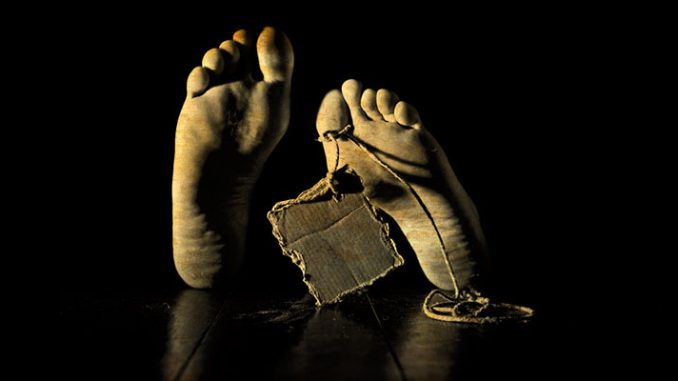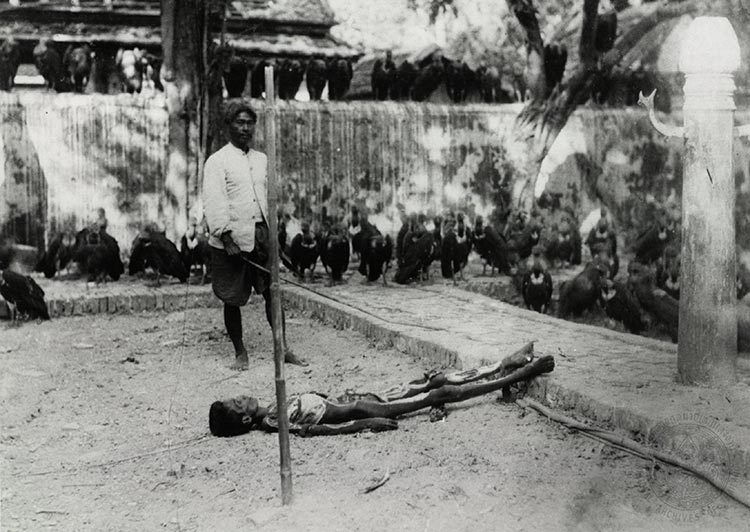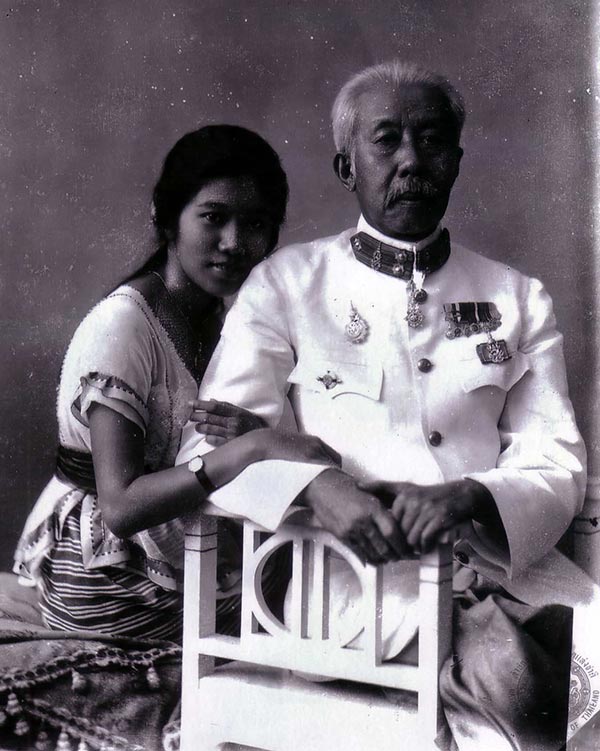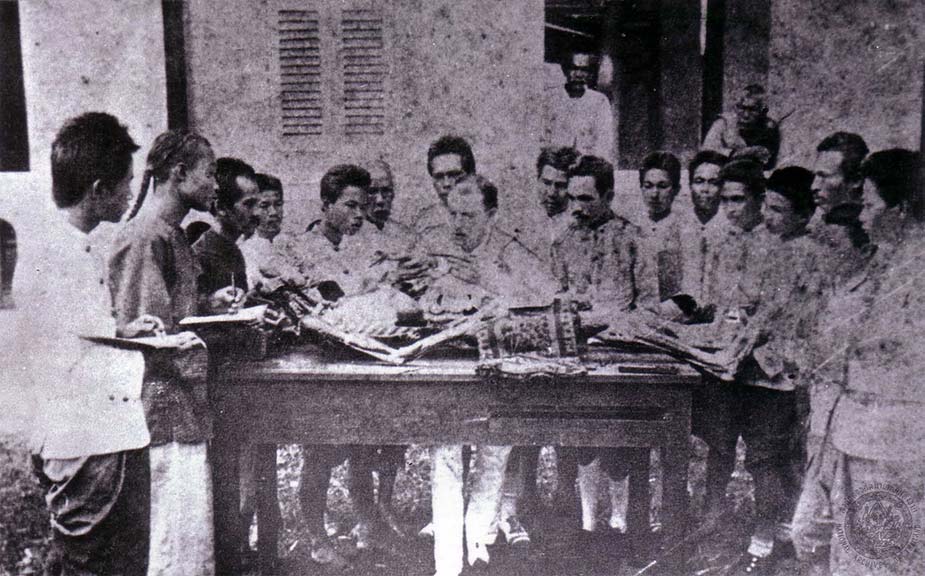
In spite of the universal humanitarian impulse of these efforts, however, forensic medicine also allowed for the assertion of nationalist political agendas. Forensic identification failed for the large number of Burmese migrant workers in the area, many of whom lacked ante-mortem data such as dental records, and were denied access to the national compensation scheme. 2 Forensic medicine thus allowed the state to police the boundaries of citizenship and its associated rights and privileges even after death. 3

There is an important historical precursor to such dead-body politics dating back to the last decade of the nineteenth century, when the Siamese state first took an interest in the dead bodies of its subjects. At the time, Thailand (or Siam, as it was known until 1939) was the only independent state in Southeast Asia. Being the exception to the colonial rule, however, came with conditions. Beginning in the mid-nineteenth century, Siam entered into a series of unequal trade treaties that granted extraterritorial legal rights to foreign subjects. The imperial powers established consulates—and consular courts—to guarantee the privileged status of their subjects and Siam became a plural legal arena. Like in the aftermath of the Indian Ocean Tsunami, I argue that forensic medical concern for the dead reveals the most fundamental political concerns of the day. Through forensic medicine, the dead bodies of Siamese subjects became an important but overlooked arena in which the contest for Siamese political sovereignty was fought.
Bodies on Trial
In August 1892 there was a murder trial at the British Consular Court in Bangkok. An ethnic Malay man named Salim, who was living in Siam as a registered British subject under British legal protection, was charged with the murder of a Siamese subject. In mounting a defense, Salim’s counsel, a British attorney named Edward Blair Michell, attacked the standards of medico-legal evidence and expertise employed by the Siamese state in its investigation of the case. In his closing remarks, Michell dwelt at length on the need for “clear proof” of the cause of death based on a post-mortem examination in order to convict someone of such a serious charge. 4 The jury—comprised of five British-born foreign nationals residing in Bangkok—evidently concurred, finding Salim not guilty of all charges. In the end, the verdict became a de facto referendum on the standards of medico-legal evidence in Siam: the jurors appended a brief statement to the verdict, noting “The jury wish to express their opinion that it would have been very much better if there had been some medical testimony as to the cause of death” presented in the case.
The trial of Salim was likely on the mind of the Siamese Minister of the Capital, Prince Naret Worarit, when he sat down to write a letter to his counterpart in the Ministry of Religious Affairs four months later in December 1892.

The letter begins, 5
These days legal cases often arise whereby people under foreign [legal] protection kill people under Siamese protection. In such cases, those under Siamese protection have to file a complaint [against the perpetrator] in consular court according to the dictates of the foreign treaties… The foreign legations… do not accept the testimony of Siamese district officials regarding postmortem examinations as evidence, because those Siamese officials cannot clearly state the cause of death.
In cases of unnatural death, Naret observed, foreign consular courts would only accept the forensic testimony of a medical doctor in the western tradition who had conducted an autopsy in order to determine the precise cause of death. Thus, according to Naret, “In cases where the Siamese side (fai sayam) does not send a physician to inspect the corpse [and] conduct an autopsy revealing the cause of death, the [foreign] consular courts simply throw the matter out.” Foreign legations in Bangkok were well within their rights to simply dismiss cases of suspected foul play against their subjects in the event that the Siamese state was unable to arrange for an autopsy performed by a medical doctor. In these instances, relatives of the deceased, and likewise the Siamese state, would have no further legal recourse. “This state of affairs,” Prince Naret rightly observed, “has been to the detriment of people on the Siamese side (khon fai sayam).”
In the coming years, much ink would be spilled over the subject of dead Siamese bodies. Through cases like the trial of Salim, the contentious transnational issue of extraterritorial legal privileges was whittled down to a debate over medico-legal evidence. These debates in turn brought the plight of individual Siamese bodies to the attention of officials in the Siamese state, and offered a concrete demonstration of the inequities of extraterritorial law and the unfavorable circumstances of Siamese legal subjects. Siamese officials attempted to address this situation through a pragmatic appeal to forensic medicine.
From Inauspicious to Suspicious Death
Even before it became subject to forensic investigation at the end of the nineteenth century, unnatural death (tai hong) was a matter of concern in Siamese culture. On the one hand, the term implied a capacious taxonomy of types of sudden, violent, or unexpected death, including drowning, falls, suicide, and particularly virulent forms of disease such as cholera. Such deaths were thought to leave behind potentially malevolent spirits (phi) that could pose a threat to the wellbeing of the community. Tai hong might thus be translated as “inauspicious” death. This cultural logic was interrupted in 1890, when the Siamese state mandated police investigations, or inquests, into cases of unnatural death. From the state perspective, unnatural deaths—or “death by various causes” as they were labeled in the archives—were simply deaths deemed worthy of investigation. 6 Over time, however, inquests became explicitly linked to cases of death under what were deemed “suspicious” (na song sai) circumstances.
Initially, inquests were conducted by police and local officials at the scene of the death, or—when bodies were found floating in the city’s waterways, as was often the case—on the grounds of the nearest Buddhist temple. The earliest inquest records contain evidence of conflict between these competing cultures of concern for the dead. Local residents, for instance, objected to the presence of corpses rescued by police from the waterways and cut them loose from their moorings. Moreover, witnesses seemed to focus on the cultural markers associated with “inauspicious” death, including the presence of trees where the spirits of the deceased might reside. At the same time, Siamese police and local officials, with no medical training to speak of, admitted that the medico-legal investigation of unnatural death was “beyond their capabilities” (luea wikhro).

As Siamese officials came to have a better grasp of the nature of forensic medical expertise and the standards of medico-legal evidence that were employed in the foreign consular courts in Bangkok, they worked to institute formalized procedures for dealing with the dead. This involved removing corpses from the temple and routing them instead to a dedicated morgue at the Police Hospital for forensic medical examination. A British physician, Dr. P. A. Nightingale, took the lead, assisted by a Sino-Thai physician named Mo (Dr.) Meng Yim. After an autopsy, Nightingale would compose an English language death certificate, which would be preserved as evidence in case the Siamese state later sought to file criminal charges against a foreign subject in relation to the death. By employing foreign experts to document the chain of custody and the cause of death, Siamese officials hoped to address the peculiar injustices of extraterritorial law. In this way, cultural concerns surrounding unnatural death were subordinated to the state’s political agenda, which focused on the assertion of Siamese sovereignty against the injustices of extraterritorial law.

Science & the Body Politic
The failure of the Siamese state to conduct forensic medical investigations in cases of unnatural death became one indication of the disadvantaged status of Siamese subjects under extraterritorial law in the era of high imperialism. Forensic medicine, perhaps uniquely, was at once the indicator of and a solution to one particular facet of Siam’s constrained sovereignty. By helping to identify the disadvantaged “fai sayam” (or “Siamese side”) against the privileged status of foreign residents, forensic medicine became the basis for the recognition and assertion of a novel sense of political community. If in the twenty-first century forensic medicine protects the privileges of citizenship through exclusion, at the turn of the twentieth century it helped to identify a new political constituency, one whose interests could be subordinated to the elite political agenda of challenging the constraints on Siamese sovereignty. Forensic medicine thus helped give rise to a new form of political community in Siam, a dead body politic. In both instances, forensic medical concern for the dead transformed corpses into mute political subjects, and the science of reckoning with the dead has thus had important and unforeseen consequences for the political community.
Quentin (Trais) Pearson
Trais Pearson received his Ph.D. in History from Cornell University in August 2014.
He is currently the Andrew W. Mellon Post-doctoral Fellow in Asian History at Wheaton College in Norton, MA.
Kyoto Review of Southeast Asia. (Issue 16), Young Academics Voice, September 2014
Check out other Young Academics Voice articles— https://kyotoreview.org/young-academics-voice/
Notes:
- Pongruk Sribanditmongkol et al., “Forensic Aspect of Disaster Casualty Management: Tsunami Victim Identification in Thailand,” accessed August 13, 2014, http://www.who.int/hac/events/tsunamiconf/presentations/2_16_forensic_pongruk_doc.pdf. ↩
- IOM/ UNHCR/UNIFEM/UNOHCHR/WB, “Technical Assistance Mission Report: Joint Tsunami Migrant Assistance Mission to the Provinces of Krabi, Phangnga, Phuket and Ranong, Thailand,” 16 February 2005, accessed August 13, 2014, http://reliefweb.int/sites/reliefweb.int/files/resources/5E66EF37A638324149256FEB00261379-iom-tha-16feb.pdf. Documentation was likewise a problem for Burmese migrants who survived the disaster, many of whom lost their residency papers in the tsunami and were deported; see David Wilson, “Meeting the Health Needs of Migrant Workers Affected by the Tsunami,” PLoS Med 2, no. 6 (2005): 489-490. ↩
- Of course, these practices correspond to a broader set of tools of differentiation that serve to enumerate levels of citizenship and belonging among the living; see, for example, Pinkaew Laungaramsri, “Contested Citizenship: Cards, Colors and the Culture of Identification,” in Ethnicity, Borders and the Grassroots Interface with the State, ed. John A. Marston (Chiang Mai, Thailand: Silkworm Books, 2014). ↩
- Bangkok Times 6 August 1892. ↩
- The document is part of the National Archives (NA) of Thailand, from the Fifth Chakri Reign (R5), Ministry of Religious Affairs (S.Th.; krasuang sueksathikan/thammakan), Hospital Department (krom phayaban); see NA R5 S.Th. 8.2.ฉ, item number 1. ↩
- The “Death by Various Causes” (tai duai het tang tang) files can be found at the National Archives of Thailand, documents from the Fifth Reign (R5), Ministry of the Capital (krasuang nakhornban), division 23. ↩
